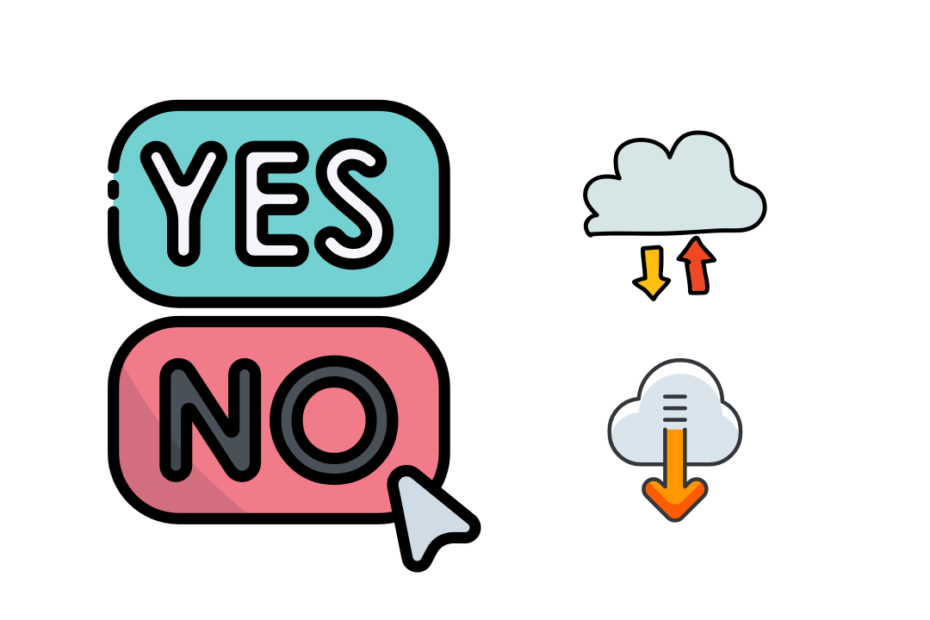Whether you’re a seasoned veteran in the world of torrents or a newcomer looking to understand more about how these P2P networks operate, it’s important to familiarize yourself with the various terminologies and concepts. One such term that often comes up in torrent-related discussions is ‘Leecher.’ Today, we’ll delve into what a leecher is in the context of uTorrent, how they affect the torrenting ecosystem, and why it’s crucial to know your part.
Grasping the Concept of a Leecher
In P2P (peer-to-peer) networks, a leecher is typically someone who downloads a file without possessing the complete file themselves. Unlike seeders, who actively contribute to the network by uploading or ‘seeding’ the entire file back to the community, leechers tend to be more of takers. In simple terms, a leecher is someone who downloads but doesn’t upload in return.
While it’s quite easy to cast leechers as the villains of the torrent universe, it’s important to understand that everyone starts as a leecher when they begin downloading a file. The problem arises when they continue to leech without seeding, slowing down the torrenting process for everyone else and draining resources without giving back.
The Role of Leechers in P2P Networks
When a user starts downloading a file from a torrent network, they automatically start out as a leecher. This is because they are yet to acquire the full file, and therefore cannot seed it back to the community. However, they can become problematic when they consistently download without contributing, which can lead to slower download speeds and incomplete files for others in the network.
To avoid being labeled a leecher, it’s a good practice to seed back at least the same amount you download. This helps keep the network healthy, maintains quicker download speeds, and fosters a sense of community where everyone helps each other.
Seeders vs. Leechers: The Key Distinction
In the realm of torrents, understanding the difference between seeders and leechers is crucial. Seeders are those who have the complete file and actively upload it for others to download. Leechers, on the other hand, are still downloading the file, relying on seeders to acquire it. While seeders help keep the torrent alive by uploading, leechers can potentially hinder the process if they don’t contribute back once they’ve downloaded the complete file.
Recognizing a Leecher
A leecher can be recognized in a P2P network based on their download speed and the number of peers they are connected to. As leechers do not share or seed the file, their download speed is usually slower than that of seeders. Furthermore, they tend to disconnect from the torrent once they have a full copy of the file, whereas seeders stay connected to continue seeding.
Consequences of Leeching
The practice of leeching has repercussions that can adversely affect the torrent community. A decline in seeders due to excessive leeching can lead to slower downloads. Many torrent sites also maintain a close watch on users’ upload-to-download ratios. Falling below a certain threshold could result in a ban, leading to loss of access to the site and all previously downloaded content. Hence, excessive leeching could not only degrade the health of the torrent community but also jeopardize your own access to content.
Steering Clear of the Leecher Label
To steer clear of being labeled a leecher, it’s crucial to commit to the ethos of giving back to the torrent community. This means seeding at least as much as you’ve downloaded. Remember, you can only start seeding once you have 100% of the torrent data, so patience plays a key role here. Maintaining a positive share ratio is a simple yet effective way to stay in good standing with the community, safeguarding your access to content and promoting a healthy file-sharing environment.
Contributing to the Torrent Community
The most impactful way to contribute to the torrent community is by becoming a seeder. When you seed, you’re sharing your files with others, ensuring they can access the data they need while keeping the torrent network robust.
Embracing the role of a seeder is not only beneficial to the community but also brings a sense of contribution and can even speed up your own download processes. By increasing the pool of available data sources, more seeders help maintain efficient and rapid downloads for everyone involved.
Why Seed? The Benefits of Being a Seeder
There are several compelling reasons to become a seeder in the torrent community. First and foremost, you play a vital role in keeping the torrent alive and accessible to others. With more seeders, the download speeds remain high as there are more data sources available.
Moreover, being a seeder boosts your reputation within the P2P community. As seeding is viewed as a generous act, you can earn the respect and trust of other users. Some platforms even reward frequent seeders with karma points or other benefits, making it a rewarding experience for yourself and the community.
Wrapping Up: The Leecher’s Role in the Torrent Community
Understanding the dynamics of the P2P network and the role of a leecher is an essential aspect of using torrents efficiently. While leechers do play a part in the system, the practice of leeching without seeding can have negative consequences.
However, by adhering to torrent etiquette and understanding the vital differences between seeders and leechers, users can foster a healthy torrenting environment. Additionally, stepping up as a seeder brings benefits to both the individual and the wider torrent community. By familiarizing ourselves with these practices, we can all contribute to a vibrant and thriving torrent ecosystem.




